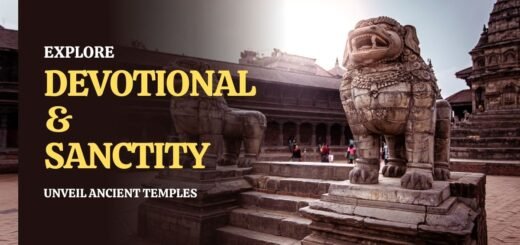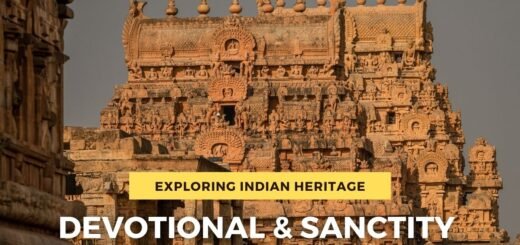Kedarnath Temple Timings History and Significance
Know the details about Kedarnath Temple Timings History and Significance, Kedarnath Temple importance and history, and Kedarnath Temple location route map guide
Kedarnath Temple: Timings, History, and Significance
Located in the picturesque state of Uttarakhand, nestled amidst the majestic Himalayas, Kedarnath Temple is one of the most revered and significant pilgrimage sites in India. This ancient temple holds immense historical and religious importance, attracting devotees from all corners of the world. In this blog post, we will explore the Kedarnath Temple Timings History and Significance
Kedarnath Temple Timings History and Significance
Timings of Kedarnath Temple
The Kedarnath Temple follows a strict schedule for darshan (viewing of the deity) throughout the year. The temple opens its doors for devotees in late April or early May and remains accessible until the onset of winter, usually around the end of October or early November. The timings for Darshan are from 4:00 AM to 9:00 PM. It is important to note that the temple remains closed during the winter months due to heavy snowfall in the region.
Click here to get Kedarnath Temple Timings History and Significance
History of Kedarnath Temple
The history of Kedarnath Temple dates back thousands of years. According to Hindu mythology, the temple is believed to be built by the Pandavas, the legendary heroes of the epic Mahabharata. It is said that after the great Kurukshetra War, the Pandavas sought Lord Shiva’s blessings to absolve themselves of the sins committed during the war. Lord Shiva, however, did not wish to meet them and took the form of a bull to hide. The Pandavas eventually found Lord Shiva and built the Kedarnath Temple at the same spot to worship him.
Over the centuries, the temple has undergone several renovations and reconstructions due to natural calamities and human interventions. According to legend, the illustrious Hindu philosopher and theologian Adi Shankaracharya constructed the temple’s current structure in the eighth century AD.
Kedarnath Temple Timings History and Significance
Significance of Kedarnath Temple
Kedarnath Temple holds immense religious significance for Hindus, particularly devotees of Lord Shiva. One of the twelve Jyotirlingas, which are believed to be the holiest places of worship for Lord Shiva, is this particular temple. There is a belief that the temple is the location where Lord Shiva showered his heavenly blessings upon the Pandavas and at which he also gave them redemption.
Moreover, Kedarnath Temple is also a part of the Char Dham Yatra, a revered pilgrimage circuit in Uttarakhand that includes Yamunotri, Gangotri, and Badrinath. Completing the Char Dham Yatra is believed to cleanse one’s soul and lead to spiritual enlightenment.
Click here to get the Kedarnath Temple Daily Pooja Timings Cost Booking
Benefits of Visiting Kedarnath Temple
Visiting Kedarnath Temple is said to bestow numerous benefits upon devotees. It is believed that by seeking the blessings of Lord Shiva at this sacred site, one can attain spiritual liberation and liberation from the cycle of birth and death. The temple is also believed to fulfill the wishes of devotees who visit with a pure heart and sincere devotion.
Additionally, the breathtaking natural beauty surrounding the temple offers a serene environment for meditation and self-reflection. The pristine atmosphere and the awe-inspiring views of the snow-clad Himalayas create a truly divine experience for visitors.
In conclusion, the Kedarnath Temple holds a special place in the hearts of millions of devotees worldwide. Its historical significance, religious importance, and the spiritual benefits it offers make it a must-visit destination for those seeking solace and divine blessings. Plan your visit to this sacred abode of Lord Shiva and immerse yourself in the rich cultural and spiritual heritage of India.


